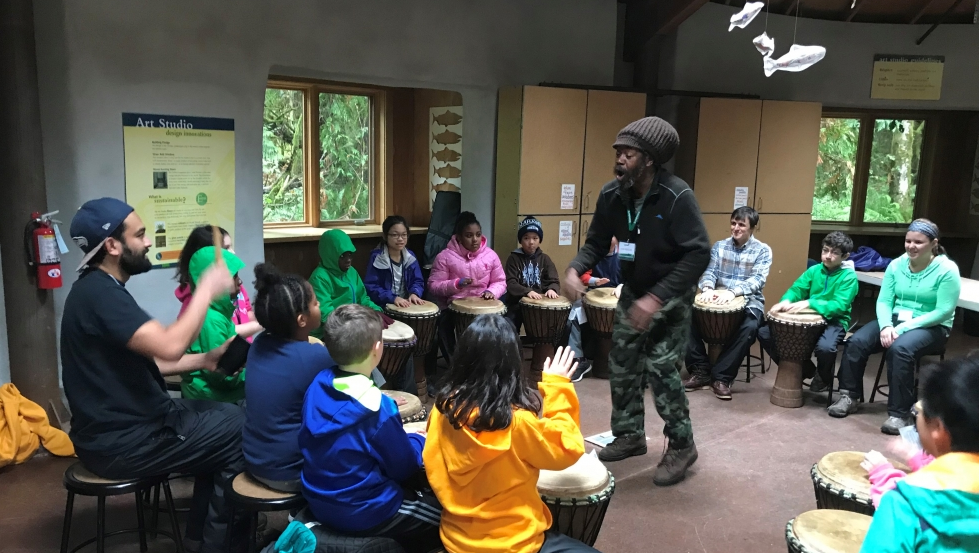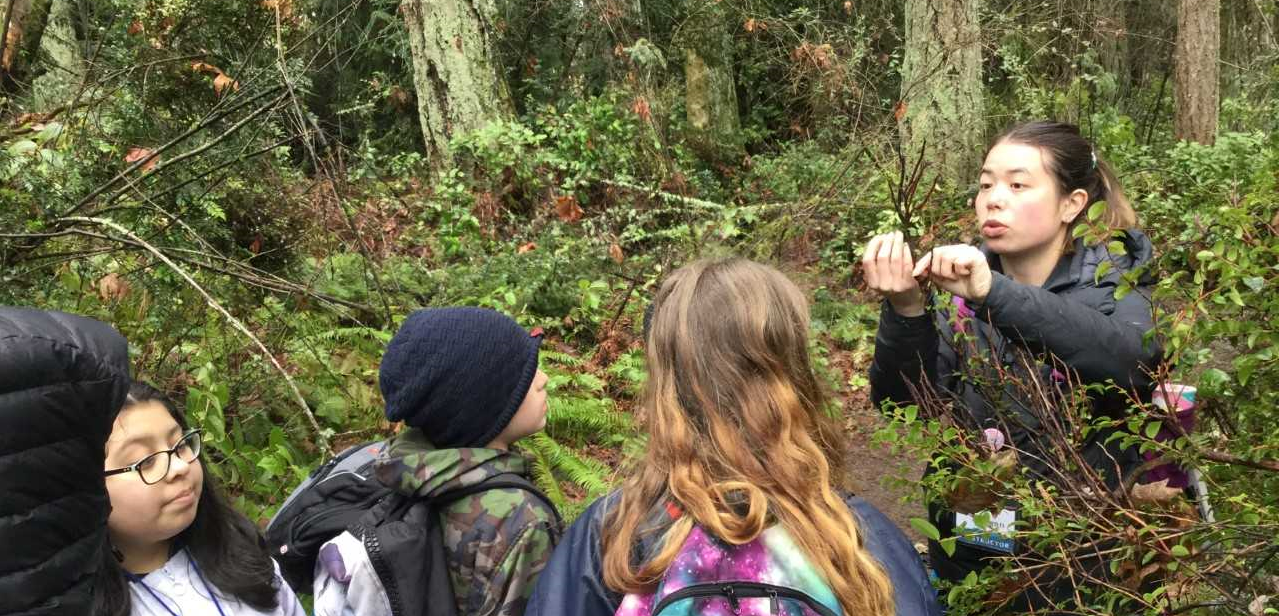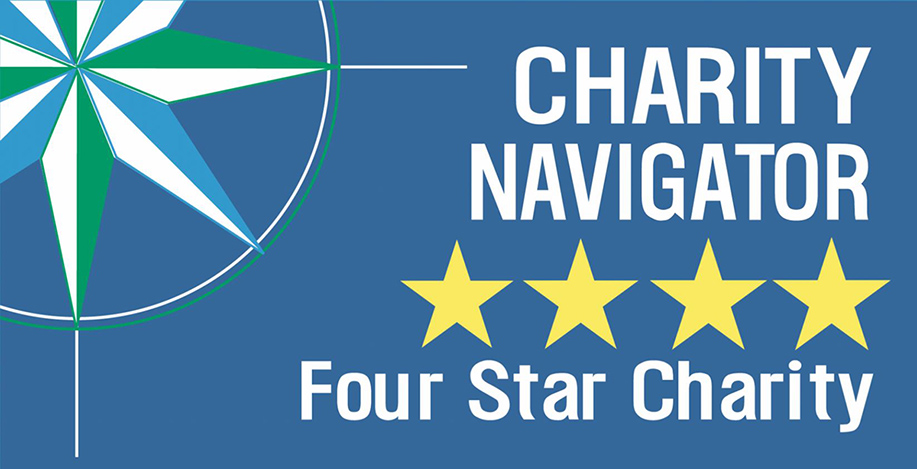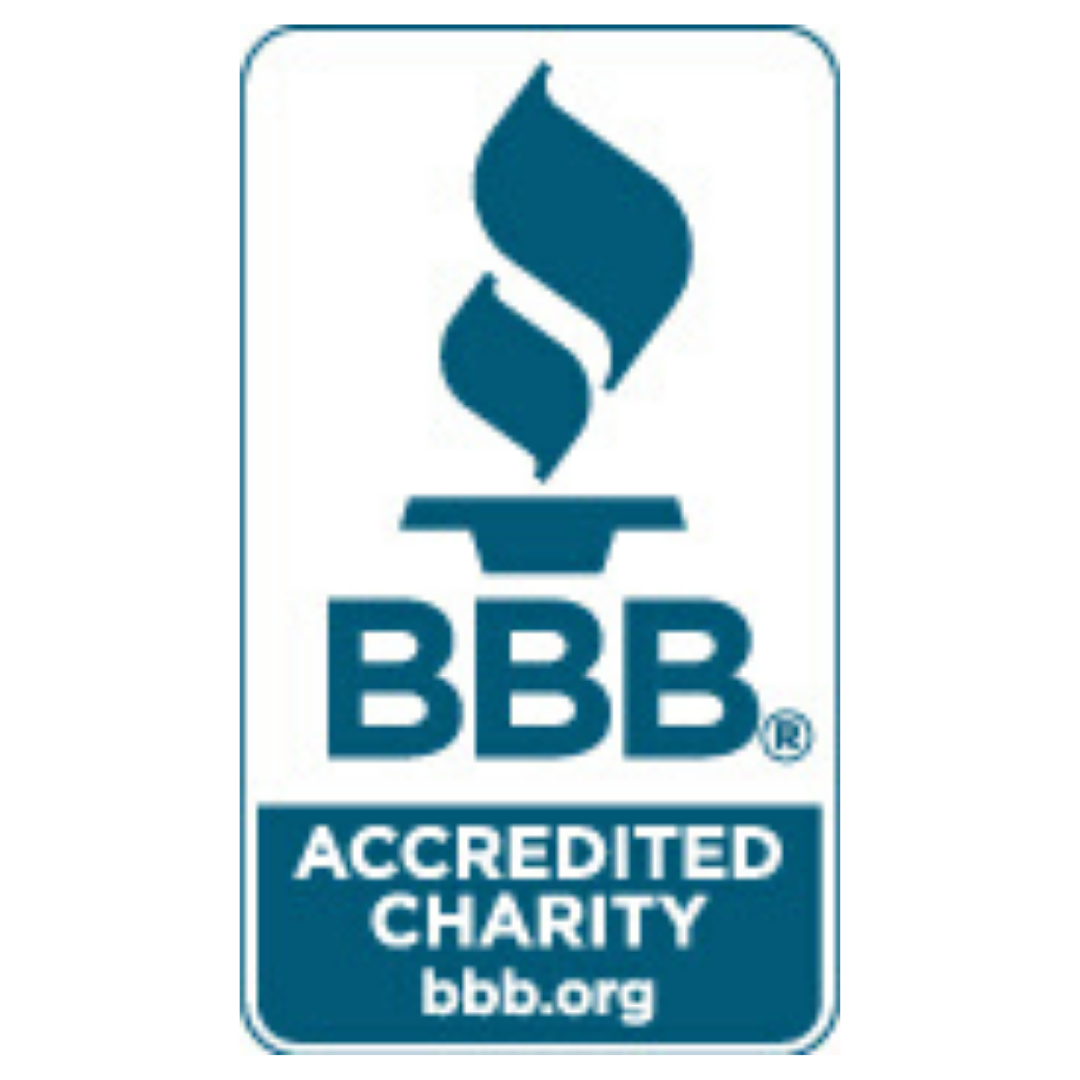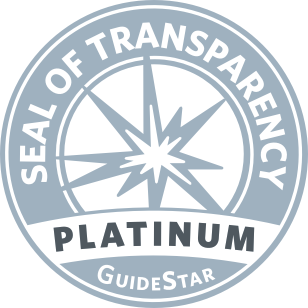IslandWood Graduate Program Director Dr. Déana Scipio and Urban School Programs Educator Laura Brown recently…
Author: Tamar Kupiec
IslandWood artist in residence Jah Breeze was walking down the path on his way to the art studio, when he ran into a group of children with the School Overnight Program (SOP). “Jah Breeze!” they called out. Some of them knew him from his work in Seattle, others had heard about him from their classmates while at IslandWood. At the urging of their instructor, they began to sing, “I am somebody. I am capable and loveable. I am teachable. Therefore I can learn.” Jah Breeze responded in kind, showing them how to clap their chests and thighs to the rhythm of “Funga Alafia,” a Nigerian song close to his heart and one he would teach later that morning in his workshop on West African drumming. Joyful singing, empowering lyrics, a spontaneous and heartfelt greeting. Jah Breeze was encouraged. Creating a culture that celebrates diversity and individual strength while rejoicing in our common humanity is his life’s work. He’s been at it for thirty years and has come to IslandWood for fifteen.
Today’s workshop would look a little different. Typically, two or more schools attend SOP in a given week, and field groups are made up of students from only one school. However, field groups from two different schools periodically come together to form “supergroups.” Jah Breeze would teach his workshop to a supergroup made up of Lowell Elementary in Capitol Hill and Northwood Elementary on Mercer Island, two communities with socioeconomic differences and whose children in the day-to-day life of the city would have few opportunities to meet. But IslandWood is not day-to-day life, and it is certainly not the city. Rather, it is “an intentionally designed environment,” says Sapna Sopori, Director of Youth and Community Education. Children come here not only to learn about natural history and environmental stewardship, but also to practice the skills necessary to engage with people who are different from themselves. It might seem strange to talk about practicing something so basic, but habits of mind—openness, acceptance, respectful curiosity—are acquired through real-life experience, and if circumstance does not allow for that real-experience, then practice becomes necessary.
Sapna and other IslandWood staff hope that as a result of experiences like this, the students come to value different perspectives and feel inspired to seek them out. This hope is seemingly modest but ultimately consequential: Engagement across the boundaries of race, culture, and economics is a step toward collaborative problem-solving. And in turn, collaborative problem-solving is a step toward equitable and effective solutions. The students may start small, settling a disagreement about where to take a water sample at Mac’s Pond for example, but perhaps one day they will use these same strategies to tackle problems as big as climate change and fair housing. And so they practice. At IslandWood, students from different schools sit together in the dining hall. They notice differences (“Why aren’t you eating meat?” one child might ask.) and similarities (“I don’t eat pork,” that same child might volunteer.). They celebrate the end of SOP with skits, songs, and a campfire at the Friendship Circle. And today, they sit together in a drum circle.
Jah Breeze was born in Guyana and immigrated to the United States at the age of sixteen. After moving to Seattle as an adult, he was mentored by renowned Nigerian drummer and activist Babatunde Olatunji who encouraged him to use the drums as a tool for teaching social justice and respect for all people. Today, he would use the “sacred space” of the drum circle to create a community of inclusion and kindness. Jah Breeze may have lofty goals for his students, but first they would learn to play the djembe drum.
The children follow his lead, hitting the drum with one hand, then alternating hands, faster and faster, and finishing with an exuberant drum roll. They are present and ready, quiet with anticipation. Jah Breeze introduces “Funga Alafia,” a Nigerian song and ancestral welcome. Back on drums, the students learn the song’s two rhythms. “Bass 1-2-3. Bass, bass 1-2,” Jah Breeze calls out. At first the drum beats sputter and drag, but gradually the rhythm takes hold, and this supergroup sings and drums with energy and unity.
Jah Breeze summons the children to dance to “Funga Alafia.” His voice rises above theirs: “My ancestors are calling and I am going…They came from Ireland, they came from England, Asia, Europe…Guam, Guam, Guam,” the word itself now a vocal drumbeat. “Mexico,” calls out one child. “China,” calls another. Together they side-step-and-slide back and forth across the room, jump-and-turning on command. But the dance changes with repetition and the children’s growing confidence. One child shrugs her shoulders to the rhythm, another bends his knees deeply. There are pointed thumbs and upturned palms.
The students return to the circle where Jah Breeze invites them to share. One girl sings a song they learned at school: “Give me freedom. Give me fire. Give me reason, take me higher.” Her teacher and classmates join in. They have more to share—a drum rhythm which includes a handclap. Now Jah Breeze joins in, calling out “bass” and “clap.” Soon everybody is drumming, following Jah Breeze who gradually moves the rhythm into “Funga Alafia,” but a slightly different version—it’s got that clap. After all, as he said at the start of the workshop, he is an arranger, as well as a musician. He arranges and builds upon whatever the students bring—their knowledge, musical and personal, and their nature, be it daring or tentative. The art studio is booming with the sound of drums. Jah Breeze starts lowering his hands to the ground and the kids know what to do. Softer and softer. And then a final climactic drum roll. “Keep taking risks,” Jah Breeze says. There is so much to learn and so much to practice.

